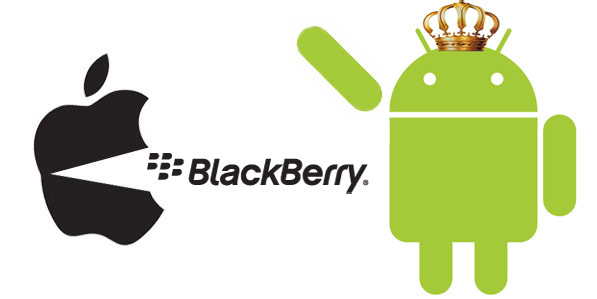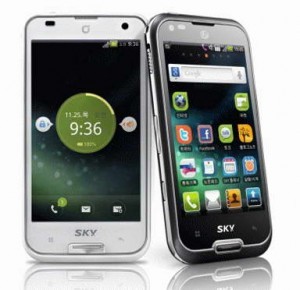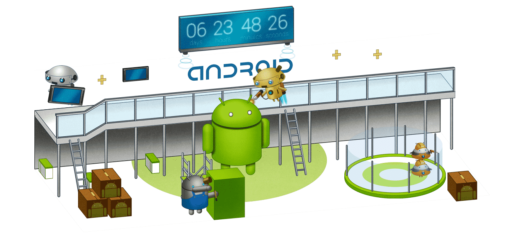As Android continues to dominate U.S. smartphone market share month after month, a new report argues that this momentum will be the key to saving Motorola and it is that rapid growth and popularity which could be the key to save flagging Motorola Mobility, which was purchased last week, according to a new report from the NPD Group. Android currently holds 52 percent of the smartphone market as of the end of the second quarter of 2011 and there’s been some concern voiced about how Google might treat its other Android partners now that it has an actual device maker under in its tent, but NPD doesn’t think that’ll be a problem and Google has said publically that things wouldn’t change with its partners……………….
According to The NPD Group, a leading market research company, Google’s Android operating system (OS) continued to dominate U.S. smartphone market share, accounting for 52 percent of units sold in the second quarter (Q2) of 2011. Like Android, Apple’s iPhone OS (iOS) experienced slight quarterly gain rising to 29 percent in Q2; however, BlackBerry OS share fell to 11 percent, as Windows Phone 7, Windows Mobile and webOS held steady at less than five percent of the market each. “Google’s acquisition of Motorola shifts the balance of power in the handset-patent conflict between Google and its operating system competitors,” said Ross Rubin, executive director of industry analysis for NPD. “Android’s momentum has made for a large pie that is attractive to Motorola’s Android rivals, even if they must compete with their operating system developer.” Motorola‘s overall mobile phone market share declined 3 percentage points, from 12 percent in Q2 2010 to 9 percent in Q2 2011. The company’s share of the smartphone market also declined from 15 percent to 12 percent. Motorola’s year-over-year unit share of Android OS sales halved from 44 percent in Q2 of last year to 22 percent in Q2 of 2011, as Samsung and LG both experienced substantial gains.
“Much as it did in the feature phone market in the RAZR era, Motorola is experiencing increased competition from Samsung and LG in the smartphone market,” Rubin said. “Closer ties to the heart of Android can help inspire new paths to differentiation.” Beyond the four largest national carriers, Motorola can also make up ground in the rapidly growing pre-paid smartphone market. Based on the latest information from NPD’s Mobile Phone Track, one in five new handsets acquired in Q2 was on a prepaid plan, and carriers offering prepaid mobile phones continued to grow their smartphone portfolios. In Q2 2010 just 8 percent of prepaid phones were smartphones, but in Q2 2011 that number jumped to 22 percent. “Android is also leading the charge in the rapidly growing prepaid smartphone market,” Rubin said. “This was once a key segment for Motorola that the company has an opportunity to reclaim as prepaid carriers build their smartphone portfolios.”
[ttjad keyword=”android-device”]



